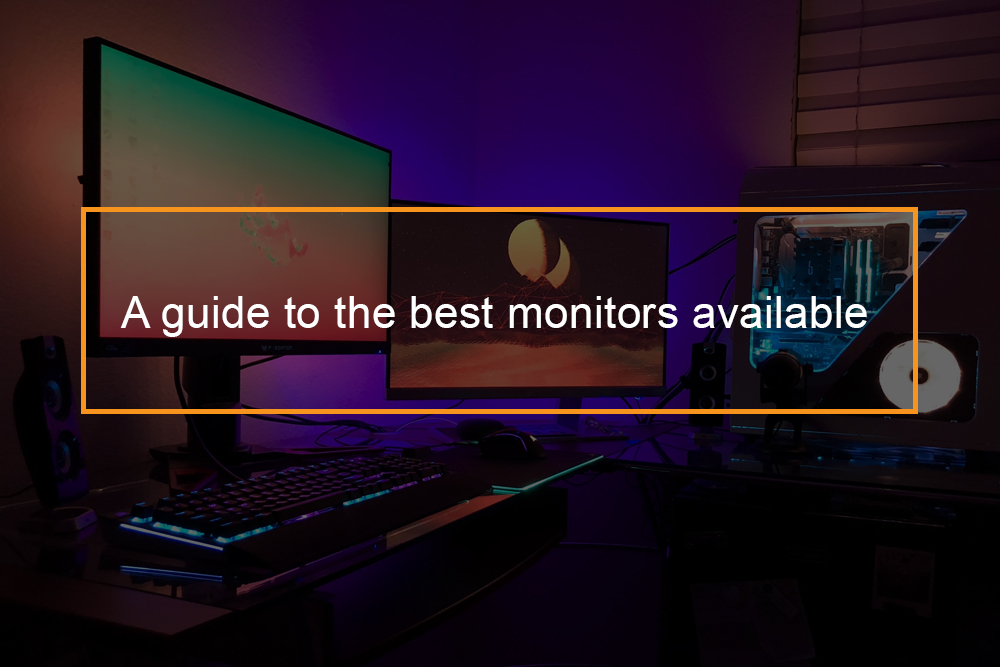Complete Guide To Service Virtualization
Exceptional quality. Fast, low-cost, and secure. Development, testing, and performance teams collaborate to produce high-quality applications on time, on budget, and without errors in a perfect world. Maintaining these standards becomes more difficult when apps become more complicated, and firms adopt Agile methodologies (defined by short cycle times and iterative sprints). Both developers and testers can use virtual services to assure good quality throughout the Software Development Lifecycle.
We are going to discuss:
- What is Service Virtualization?
- What are the benefits of Service Virtualization?
- What is API Virtualization?
- Use Cases for API Virtualization
- Automate Different Testing Scenarios in Various Message Types
- API Extreme Case Testing
- Use Cases Where Service Virtualization Increases Speed
- Accelerate User Interface Testing
- What is API Mocking
- Data Virtualization
- Service Virtualization gets Results
What is Service Virtualization?

Service Virtualization solution mimics or simulates the actions ( behavior) of components that are unavailable or impossible to access during testing, much like pilots train on a flight simulator rather than a real plane or boxers train on a punching bag rather than a real fighter. Devices, databases, APIs, networks, and other actual components fall into this category. Resources may be unavailable or difficult to access for various reasons:
- Features may still be in development,
- Undergoing maintenance,
- Difficult to set up,
- Other parties own it,
- Expensive,
- Limited
- Needed for many teams to have access simultaneously with different test and development data setups and other requirements.
Thanks to virtualization, testers are no longer reliant on these assets or restricted by other development teams. They can conduct continuous integrated testing at any stage of the software development lifecycle. This enables concurrent execution of more in-depth performance and functional testing.

What are the benefits of Service Virtualization?
Virtual service eliminates dependencies and accompanying hassles, allowing the development team to deliver high-quality innovations faster and lower costs.
Minimize Dependencies & Headaches
Dependencies can come in two forms:
- Internal dependencies
- External dependencies
| Internal dependencies | Internal dependencies in which continuous testing can’t proceed if a component is not fully developed |
| External dependencies | External dependencies where a third-party component outside your control may not be available yet may have a limited number of third-party calls. |
Service Virtualization solutions can imitate these specific components, so you don’t have to rely on them and worry about throttling (which restricts how many times you can access a service) or 3rd party component expenses. You can easily set up a service to interact with and test, thanks to powerful virtualization technologies. Teams can work in parallel since these dependencies are minimized, saving time and money. Typically, working with several teams only to construct a virtual system entails significant overhead.
Reduce Time to Market
Waiting can be a significant part of the Software Development Life Cycle.- An app developer or tester may have to wait for an API to be released by internal colleagues or a third-party service, an API developer may have to wait for a fellow integrator to release, and a tester may have to wait for a final piece of code. Virtualization allows teams to move faster, operate in parallel, and run load and risk checks, resulting in increased productivity. Organizations can also use virtualization to bring in internal and external beta testers before the app or API is ready. Many virtualization key systems will also allow developers to swap between a virtual environment and the actual asset, typically requiring a long program rebuild. This cuts down on time to market.
Increase Quality
You can have more control over your testing environment via service virtualization tools. Application development must be tested under various test scenarios to be evaluated entirely. Thanks to virtualization, you can easily start up a service/API and run multiple tests, including load testing, performance tests, and functional tests. These tests can be carried out early in the software development cycle and are not hampered by other functions. Developers can understand how a service interacts with other system elements and build for those needs. At the same time, testers test concurrently by reproducing what a service performs within an environment. As a result, productivity increases, risk decreases, and test teams can identify difficulties early in the process.
Reduce Costs
Service virtualization tool lowers expenses associated with third-party APIs, databases, and services. You can avoid these expenditures and work more efficiently by mocking or emulating how the service behaves during development and production services. Second, the service virtualization tool lowers infrastructure and operating costs by requiring less money to access, retrieve, and reuse data in the cloud. Finally, idle time costs money in terms of labor.
What is API Virtualization?
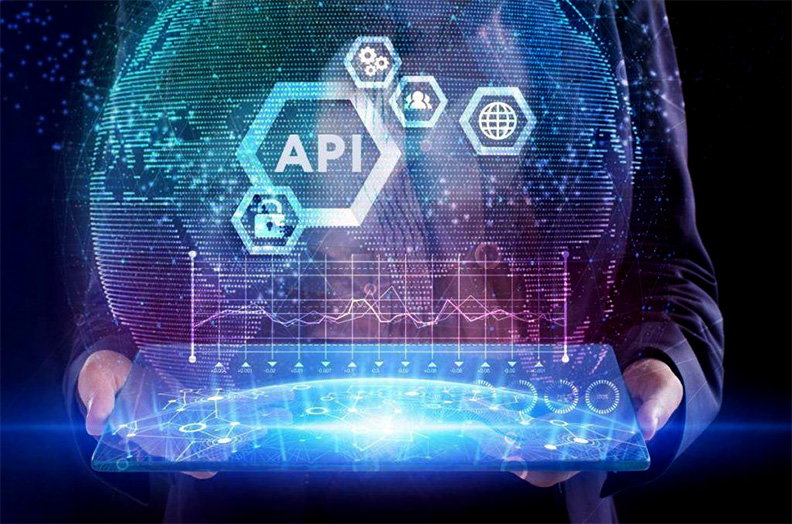
APIs (Application Programming Interfaces) enables applications to access new capabilities, business prospects, and revenue streams. APIs define how software components should communicate and interact. A solid API provides the building blocks and foundation upon which a developer may create an application, allowing third-party apps to access data from an external organization safely. The ride-hailing firm Lyft, for example, uses the Google Maps API as their mapping infrastructure. Lyft can avoid building out a whole mapping system from the start by using the API, allowing them to focus on their primary value offering. On the other hand, this provides Google with a new cash stream. API virtualization focuses on the API level of your technology stack explicitly.
An API virtualization tool can build a virtual clone of your API or the API with which you’re integrating. Instead of accessing the actual service when testing, you can simulate responses or play with your API in a virtual environment/sandbox that mimics your production environment but does not disrupt it. Furthermore, it implies that you don’t need to put up a separate server stack to emulate your production environment – API virtualization allows you to simulate your API’s behavior without setting up a different server stack (s). This means you can test your API before it’s ready to see how it interacts with other key systems. API virtualization enables you to test your API early and often while separating it from all of your company’s and different API’s requirements. What’s the result? Your API will be tested shortly after it is constructed and will be robust, secure, reliable, and ready to use.
API virtualization technologies are much less expensive than enterprise-level comprehensive virtualization systems, which can cost up to $200,000 per year. This covers subscription fees, training, and implementation costs at the enterprise level.
Use Cases for API Virtualization
Service virtualization has a wide range of applications. The best API virtualization tools aid in various forms of testing tools and improve quality and speed.
Use Cases Where API Virtualization Helps Testing to Ensure High Quality

API Performance Testing & Third Party Sandboxing
Performance testing enables you to comprehend the API’s capabilities under various scenarios fully. Understanding how an API responds to delays, heavy traffic conditions, and other factors can provide a valuable user experience. API queries may be expensive or unavailable, making it difficult for testers to assess specific scenarios. You may model these APIs and perform these tests right from the start of the software development life cycle with API virtualization. Virtualization allows you to have more precise control over your API conditions, allowing you to construct more elaborate tests. This offers you more confidence that all possible possibilities have been considered.
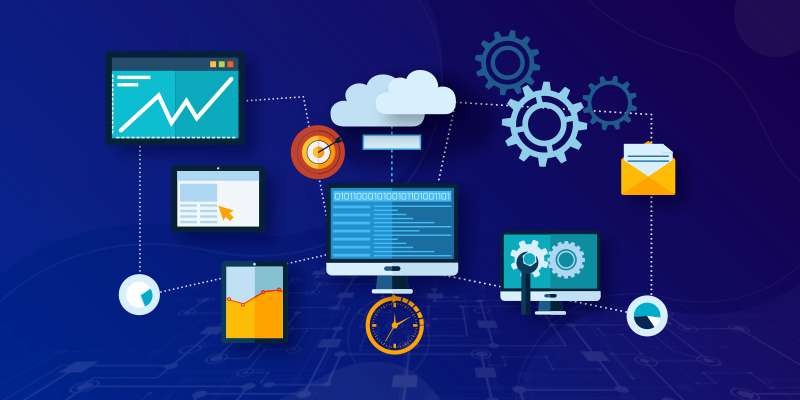
API Load Testing
Load testing – determining how your API works under high traffic/load scenarios – is an essential part of performance testing. Load testing is frequently performed at the release stage or even after an application has been deployed, too late. You can run a variety of different load testing scenarios in virtual settings. Because some APIs charge per call or can’t manage a massive amount of calls, load testing in virtual environments is a cost-effective way to see how your application performs under stress.
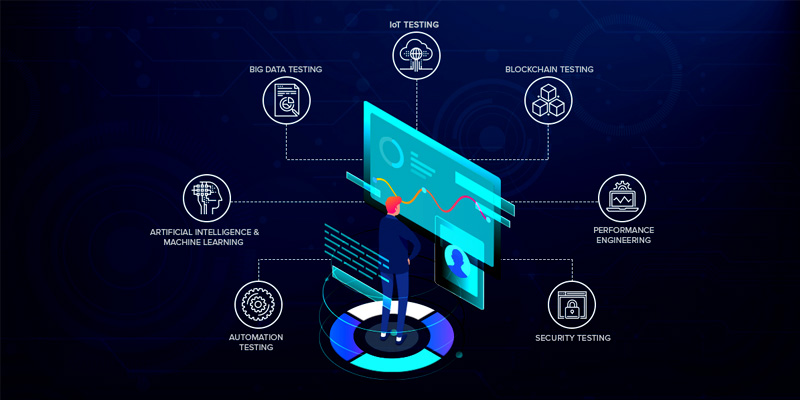
Long-term Automated Software Testing
There are many distinct scenarios and use cases in which your API must function. You’d have to build out each of these situations independently using mocking. Still, with virtualization, the results of your load tests can be automated and executed continuously (even after our API is released). You can also automate load testing solutions so that you can discover code vulnerabilities as soon as they emerge.
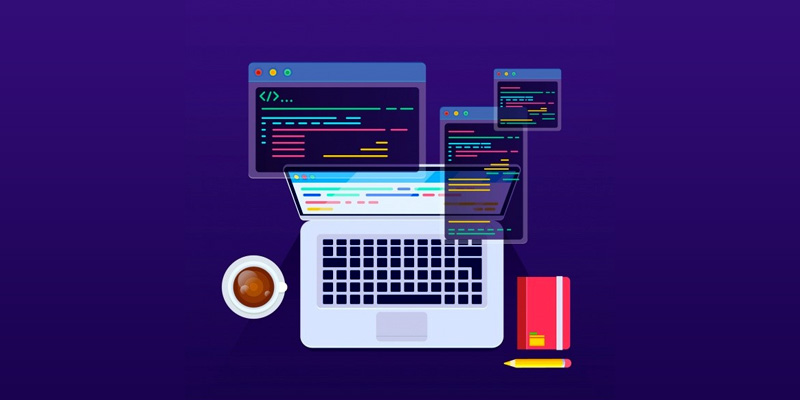
Automate Different Testing Scenarios in Various Message Types
Robust API virtualization technologies enable you to develop automated testing (automated tests) scenarios for various message formats and protocols, including REST, JSON, WADL, and JMS. It also allows end-to-end testing by automating (automation) multilayer validation across multiple endpoints. API Virtualization lets you view how messages and events travel through complicated distributed infrastructures and then combine all of this information into repeatable tests independent of anything or anybody else. The testing process to allow the application to work is substantially simplified.
API Extreme Case Testing
You can use service virtualization to set severe conditions if you want to test the limitations of your API in obscure ways. This might include anything from poor connectivity to excessive call volumes to other unforeseeable circumstances until your API is put into the wild. You can use an API virtualization tool to create a complete duplicate of your API and then manipulate its environment to see how it would react in different scenarios.
Failure Case Testing
Understanding the user experience is critical since a bad experience can result in a loss of brand equity and potential income. It’s crucial to test how an application reacts when anything goes wrong, but this can be challenging. If downstream integration testing fails, an API virtualization tool can try against downtime, sluggish response time and allow you to fall safely and ensure your error messages are accurate early in the development lifecycle. This can assist you in putting yourself in the best possible position for success.
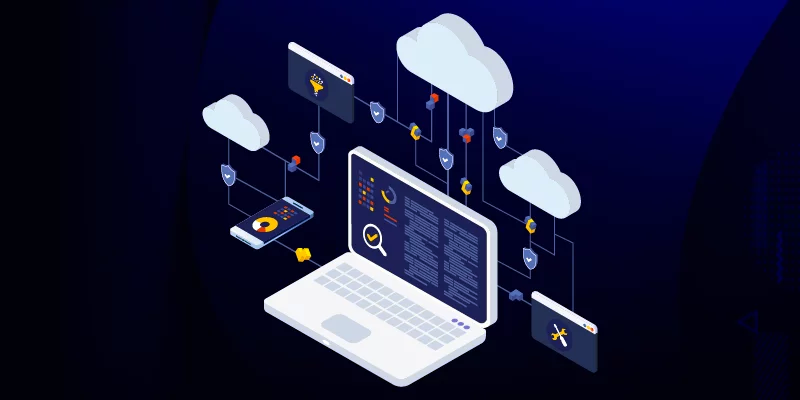
Security Testing
Security is also an essential aspect of an app, and bad security might make people distrust your company. Before releasing an API, it must be thoroughly vetted for security. API virtualization enables you to replicate all aspects of your environment, including your API and what it integrates with, to ensure that all components are very secure.
Test Even When Components Are Not Available
Testing is slowed and complex when critical components are unavailable (internally and externally). Testing early in the development process would help to ensure quality and reduce the cost of issue fixes. You can imitate APIs or other components via virtualization, even if they aren’t constructed or available. API virtualization removes dependencies from the equation, allowing you to concentrate on testing purposes. There may also be occasions when only sections of an API are available, necessitating a move (cloud migration) from a virtual environment to the actual endpoint. Multiple tools make it possible to update the routing configuration without reinstalling the application.
Prove The Concept Before Actually Building
API virtualization also enables you to develop proofs-of-concept before launching a product. You can test whether a product based on specific APIs is worth developing by simulating it. Consequently, it can save time and money while also allowing for rapid, iterative input at critical stages of development—finally, service virtualization aids in developing more prosperous goods that customers and partners desire.
Find the Best API to Integrate with
If you run a Software as a Service (SaaS), strategic alliances systematically interface with other products. Integrating with multiple tools at the same time can be challenging and costly. API Virtualization allows you to try out alternative integration points in different scenarios. This aids in prioritization and the identification of the best integration partner to improve the product’s quality. This can save you time and finances by preventing you from investing in a poorly matched alliance.
Use Cases Where Service Virtualization Increases Speed

Easier Coordination – Minimize Time to Test For Microservices
Microservices are a common scenario in which small components are delivered, updated, and redeployed independently at any given time. They’re a crucial aspect of continuous deployment, but they make testing for constant integration more complex because each service can come from several places and settings. As developers gain more autonomy, they must maintain some level of collaboration, which necessitates ongoing, automated testing. This frequently entails deploying all of an organization’s microservices when testing a new API. Developers can use API virtualization to install only the microservice they’re working on and then virtualize the others using virtual instances. It can reduce the time to test microservices from a day to a few hours.
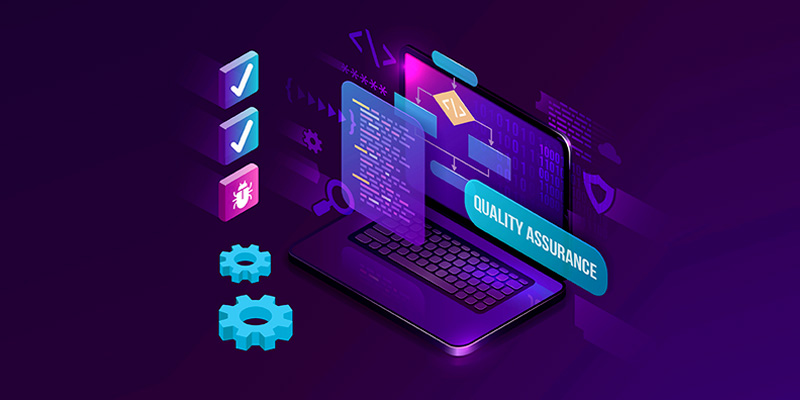
Minimize Dependencies and Have QA Involved at The Beginning
QA is involved in software testing from the outset of “Shifting Right” processes, providing input to developers. API virtualization enables QA to dive in and test works-in-progress in a replica of the environment without requiring the developers to release their features.
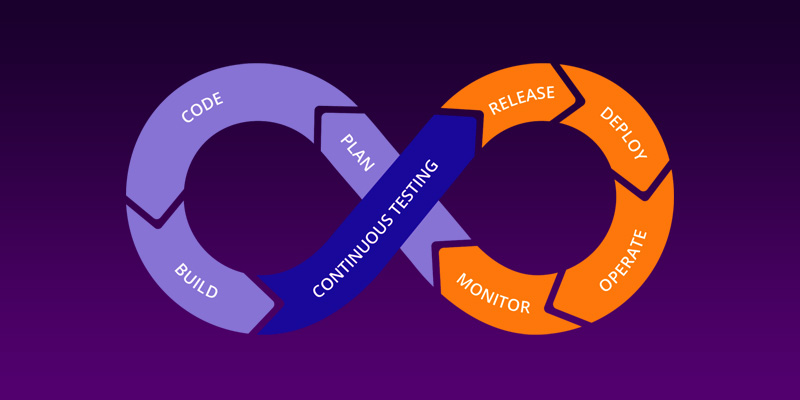
Enhance Continuous CI/CD Testing
Hundreds of Scrum teams can operate concurrently in Fortune 500 organizations. How can you continuously test if you work in a firm that does continuous integration, continuous deployment, and continuous delivery cycle? Because of the dependencies, that component is frequently overlooked or forgotten.
Constant testing or automated tests as part of the software delivery pipeline for instant feedback is required to create a fully secure, bug-free deployment model. It’s not enough to check that everything works. You must also ensure that you are satisfying system needs and broader business objectives and ensuring that your integrations are reliable and continuous. This is possible through API virtualization, allowing QA to test while the API is still being built. It also enables app testers to ensure that their app can correctly interface with a third-party service API, even if it is not ready for release.

Enhance DevOps Transformation
To accomplish continuous integration and faster delivery, you must automate at least 80% of your testing (CI/CD). API testing is especially critical in this case because it ensures that your entire integration pipeline — which includes both internal and external APIs — continues to work as you add new features. Releases and feedback loops are becoming more frequent as the lines between development and operations blur and everyone becomes more agile. On the other hand, these DevOps teams frequently use UI-only test suites, which cause feedback cycles to break. API virtualization enables you to mimic dependencies in advance so that automated testing may be set up as you go.

Iteratively Design
If you’re working in an iterative design environment, you can virtualize the API to try out new ideas without creating the entire API quickly. This is an excellent method to test out new features and collaborations without committing money.

Accelerate User Interface Testing
Web services like AJAX and SOA can be described using service virtualization tools to specify common UI integrations. This allows you to conduct UI testing without interruptions at any time and in any location. You can simulate external settings to get greater control over data delivered by Web services. You can also create and test UI integrations before the Web services are ready.
What is API Mocking
Before getting into API Virtualization’s use cases, it’s vital to understand what “mocks” are and how virtualization differs from them. Mocks are simulated software components used by developers to test genuine software components. Mocking functions are usually context-specific, imitating behavioral responses to meet a specific developmental requirement. API mocking isolates a particular application element from the rest of the application.
Mocking is a relatively simple exercise that wastes a lot of time. Developers must go through the complex process of building new interfaces and other unnecessary testing tasks. On the other hand, API virtualization is far more adaptable and reusable, and it can be utilized in both production and testing contexts. API virtualization can also be automated, eliminating the requirement for individual classes or testing scripts. API virtualization gives a significantly more realistic, full-function simulated environment than mere mocking.
Data Virtualization

Virtualization has a plethora of applications for a large corporation. However, these expanded use cases come at a significant expense. We’ve discussed API virtualization and data virtualization are the only two service virtualization use cases that matter to most teams. However, much of the data we access now comes from third parties, just like APIs. And, of course, this entails all of the issues that come with increased reliance.
Provisioning and maintaining database behavior can soon become a bottleneck. Database virtualization services, also known as DVS, allow enterprises to decouple the database layer, pooling and assigning database resources on demand.
Even if your data sources are unavailable, DVS allows you to continue generating and testing against real-world data instances. After you’ve found the data source, all you have to do now is specify the properties it contains. A DVS can utilize this data source to provide appropriate context-specific answers based on the request parameters when requests are delivered to your virtualization solution. The simulated replies will automatically update as you change those data sets.
One can use any of the following data source formats with Service virtualization tools:
- A database
- JDBC or Java database connectivity
- A delimited file
- Excel or XML file
- A simple grid
Data virtualization reduces the friction of dependencies that slows you down. Even if your data sources remain on-premise, you may keep going forward. You can continue developing and testing even if your database — or the database you’re connected to — is unavailable because you can record and replay JDBC transactions. You may also utilize a virtual database to migrate from one physical server to another without any downtime, which can save you a lot of money on infrastructure expenditures that more traditional database management entails.
Service Virtualization Gets Results
Using virtual service, evaluated firms with more than 500 employees achieve higher software quality in less time and at lower costs. The findings are as follows:
- More than a quarter of the companies increased their test execution rates.
- More than a third reduced the time it took to complete a test cycle.
- Defects were decreased by 40% in nearly half of the cases.
You may raise your business value by reducing expenses, reducing time to market, and reducing dependence. All of this is possible with service virtualization.

Additional Information on Service Virtualization
- Any dependent system component absent or constrained in your test environment can be accessed using service virtualization, including third-party services, APIs, databases, mainframes, ERPs, ESBs, and other key components that communicate using common message protocols.
- Team members can construct method stubs or mock objects to replace dependent component(s) as an option to get around test environment access limits. With the rise of Service-oriented architecture in the early 2000s, the flaws in this approach became apparent.
- In addition to simulating significant software programs, real third-party service, and even complete backend entire systems, virtual assets may be shared and used reliably by your entire production testing team.
- Service virtualization is a cutting-edge testing approach with fewer flaws, better test coverage, higher test execution rates, and significantly less testing time.
- It’s critical to have unrestricted access to a reliable and realistic test environment to attain quality assurance at a rapid pace. The application under test (AUT) and its dependent components, such as APIs, third-party services, databases, apps, and other endpoints, make up a complete test environment.
- Simple unit tests can be run on isolated portions of code or single system components. Still, testing code and real system integration in a reliable manner is complex if your test environment lacks critical dependencies.






